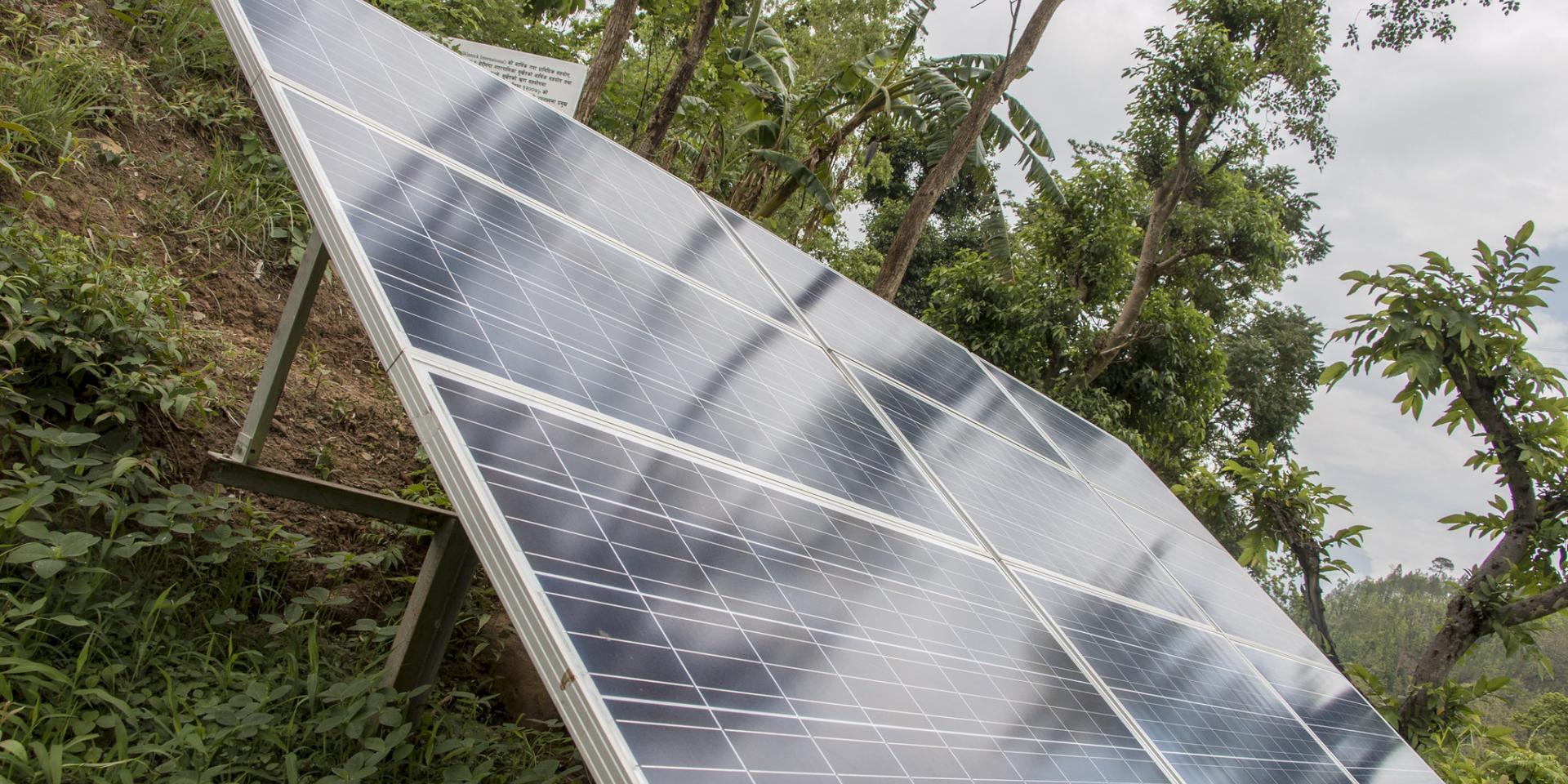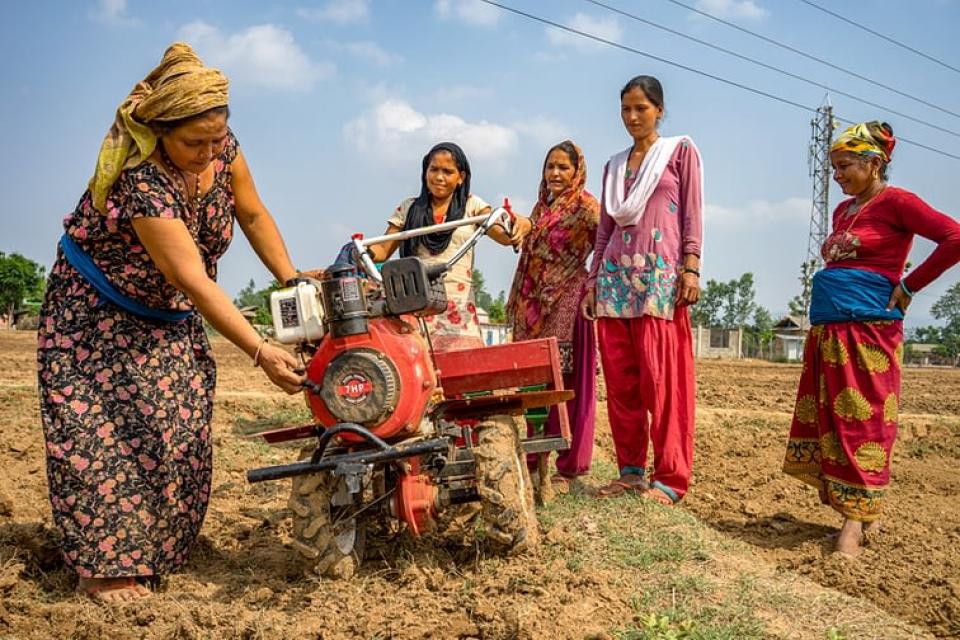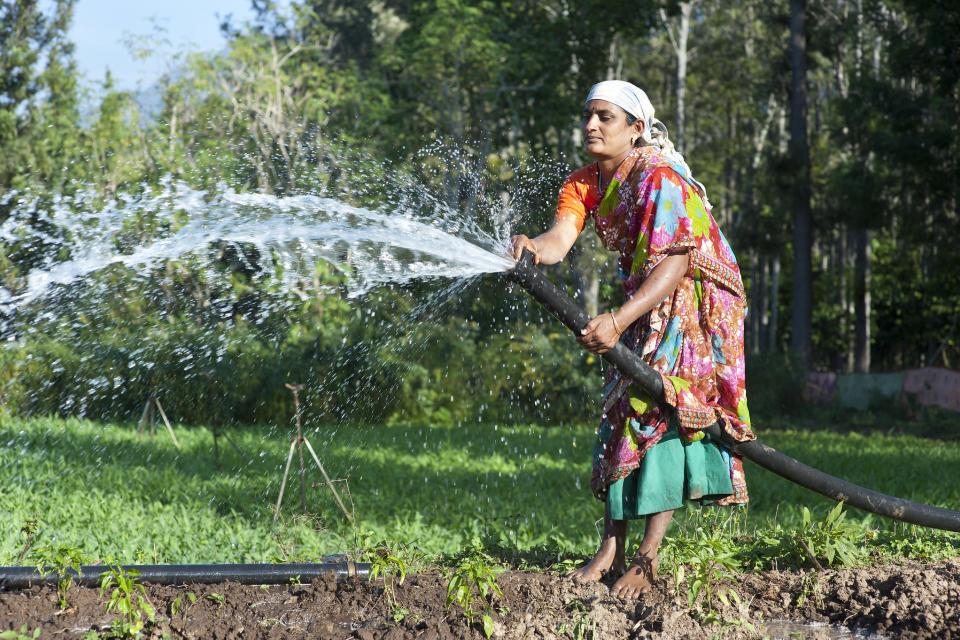Gender dynamics of irrigation: making way for women leaders in Western Terai, Nepal

In the Western Terai region of Nepal, women farmers who irrigate their fields experience a disparity. On the one hand, women are largely responsible for the day-to-day running of irrigation systems; on the other hand, these same farmers are often excluded from planning and management decisions – particularly those made by water user associations (WUAs).
This reality is at odds with objectives set out by the Government of Nepal, which has prioritized agriculture and irrigation as key sectors for socio-economic development. The government’s fifteenth five-year plan aims to facilitate irrigation on 15 million hectares of farmland, and its Irrigation Rules 2000 calls for women members to make up at least one third of WUA executive committees.
Based on our recent field visits in Western Terai, commissioned for the CGIAR Initiative on NEXUS Gains, we reflect on the barriers that prevent women from being recognized and heard, on a par with men, in the management of local water resources. We also consider opportunities that will enable women farmers to lead WUAs in the future.
Women’s role in irrigation
Since most households in the region have at least one male member migrating abroad for jobs and education, women generally irrigate farms and maintain irrigation systems, in addition to carrying out household chores. For these women, accessing surface water irrigation has brought about some positive changes, as reported by women’s groups in the Jamara WUA:
“We irrigate our fields through canal and bore-hole water and participate in cleaning and maintenance of irrigation canals. Earlier, we produced til [sesame] and arahar [lentil]. With irrigation access, we produce more crops, including vegetables, and generate income by selling them, which helps us support our families. Increased production brought a positive impact for household food and nutrition security.”

